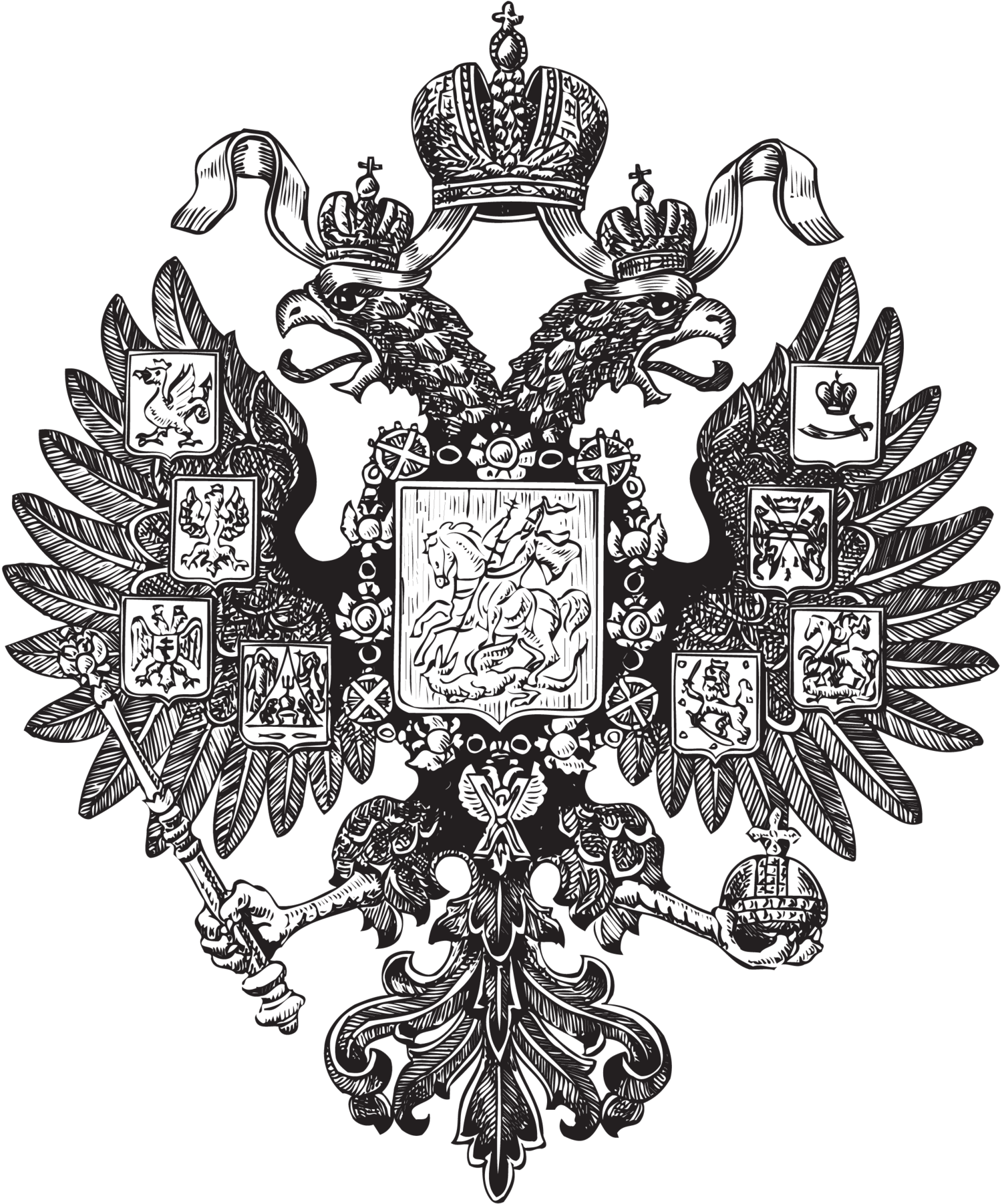Has the title of Emperor of Russia survived the revolution?
Yes.
The Bolshevik revolution traumatized the Russian dynasty both physically and emotionally. The Bolsheviks murdered 17 members of the dynasty (possibly 18, as one grand duke’s death in 1918 is sometimes attributed to pneumonia and sometimes to execution). Many of the dynasts who survived and escaped to the West were emotionally wounded, having suffered the loss of loved ones, their country, their position and their wealth.
Grand Duke Kirill and his family escaped to Russian Finland during the revolution and went into hiding. They eventually made it to the West. During the last months of the monarchy in 1917, Kirill was third in the line of succession to his first cousin, Emperor Nicholas II. Ahead of Kirill were Grand Duke Alexei (Nicholas II’s son) and Grand Duke Michael (Nicholas II’s brother). Nicholas II, Michael and Alexei were murdered in summer 1918, and Kirill succeeded as head of the dynasty in July 1918. He did not know this at first, however, because there were conflicting reports as to the fate of Nicholas II and his immediate family.
By 1924, Kirill satisfied himself that Nicholas II, Alexei and Michael had died. After much internal discussion and debate within his entourage, he issued a pronouncement declaring himself not only head of the dynasty but also Emperor of Russia. In the swirling confusion of the early post-revolutionary years, he took this step to demonstrate that the dynasty had survived and was functioning. In the 1970s, the late Ivan I. Bilibin (later in charge of Grand Duke Wladimir’s chancellery) explained Kirill’s decision as follows:
"After the defeat of the Whites in the Civil War, which followed three unconstitutional acts [Note: the abdication of Nicholas II not only for himself but also for his son; the conditional abdication of Nicholas II's brother Michael; and the provisional government's contravention of its terms of reference by declaring Russia a republic prior to the convening of a constituent assembly to decide upon the form of government]…, the dynasty had to reassert its rightful position. In 1922, when the fate of the late imperial family was still regarded as uncertain, the Grand Duke Kirill assumed the office of Curator of the Throne. In 1924 the Grand Duke was convinced that the late imperial family and the Grand Duke Michael had been assassinated, and issued a manifesto in which he assumed the title of Emperor. An instruction was issued at the same time that he would use this title only among Russians. This drastic step was regarded as essential in order to make it clear that the acts of 1917 were null and void and that the dynasty was in no way affected by them… When the Grand Duke Kirill died in 1938, his son and heir, the Grand Duke Wladimir, issued a manifesto in which he stated: 'Following my father's example, in profound awareness of the sacred duty incumbent upon me, I assume by inheritance, …[the position] of Head of the Imperial House of Russia which has devolved upon me by right of succession [and] all the rights and duties which belong to me by virtue of the Fundamental Laws of the Russian Empire and the Statute of the Imperial Family.' The words 'following my father's example' put it beyond doubt that the Grand Duke assumed the title of Emperor, but he did not say so specifically, as the Grand Duke Kirill did in his manifesto of 1924. An instruction was issued at the same time from the Grand Duke's Office, stating that the Head of the Imperial House would continue to use the title of Grand Duke, thus extending to all the 'incognito' which the Grand Duke Kirill had limited to his relations with foreigners. At the same time yet another instruction was issued, stating that a number of people had sworn allegiance to the Head of the Imperial House as Emperor and that he had accepted their oaths. I think this gives a very clear picture of the Grand Duke's views in this matter. He considers that his father's assumption and use of the Imperial Title was necessary in order to secure the future of the dynasty. As this has already been done by his father, he does not consider it necessary for him to continue the use of the Imperial Title, which in conditions of exile often causes unnecessary embarrassment. The latent Imperial Title, however, implied in his accession manifesto, secures the future of the dynasty, including, for instance, the perpetuation of the grand ducal title for future generations, which otherwise would have gone into abeyance." (Walter J .P. Curley, Kings Without Crowns (1973), pp. 85-86).
In other words, Kirill declared himself Emperor in 1924 and used the title among Russians, while remaining Grand Duke Kirill among non-Russians. His successor Grand Duke Wladimir made clear in 1938 that he had succeeded his father as Emperor but would continue to call himself Grand Duke Wladimir. Grand Duchess Maria has followed the precedent of her father.
The successionlaws of the Russian dynasty provide that the emperor succeeds to this title immediately and automatically upon the death of the previous emperor.
Grand Duke Wladimir’s approach was similar to that of the heads of other dethroned dynasties. In the late 19th century, the head of the French dynasty was viewed by Bourbon legitimists and his entourage as King Henry V but to the outside world he used the incognito of “Comte de Chambord.” The head of the Imperial House of Habsburg from 1922 to 2007 used the incognito of Archduke Otto but was referred to by his mother, his entourage, and Austrian legitimists as Emperor.



